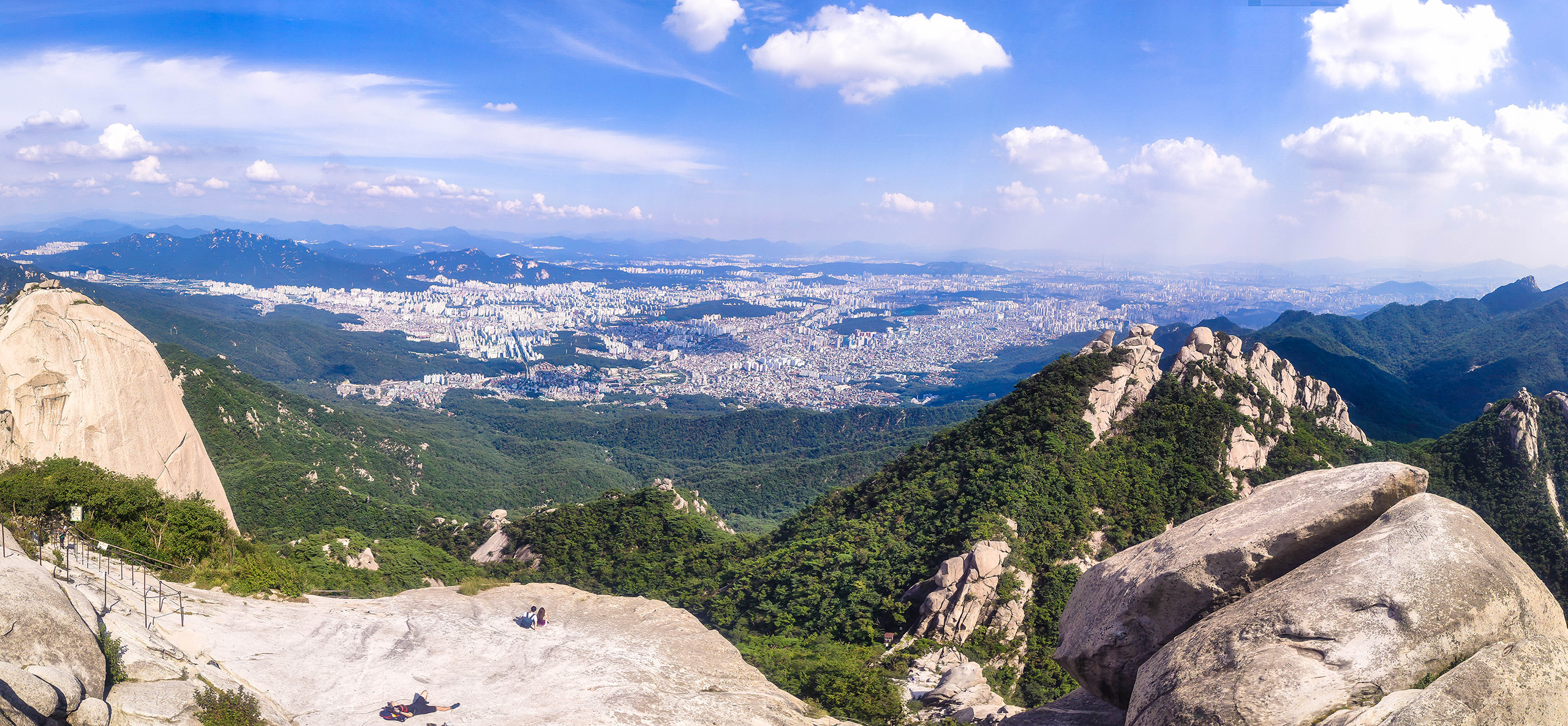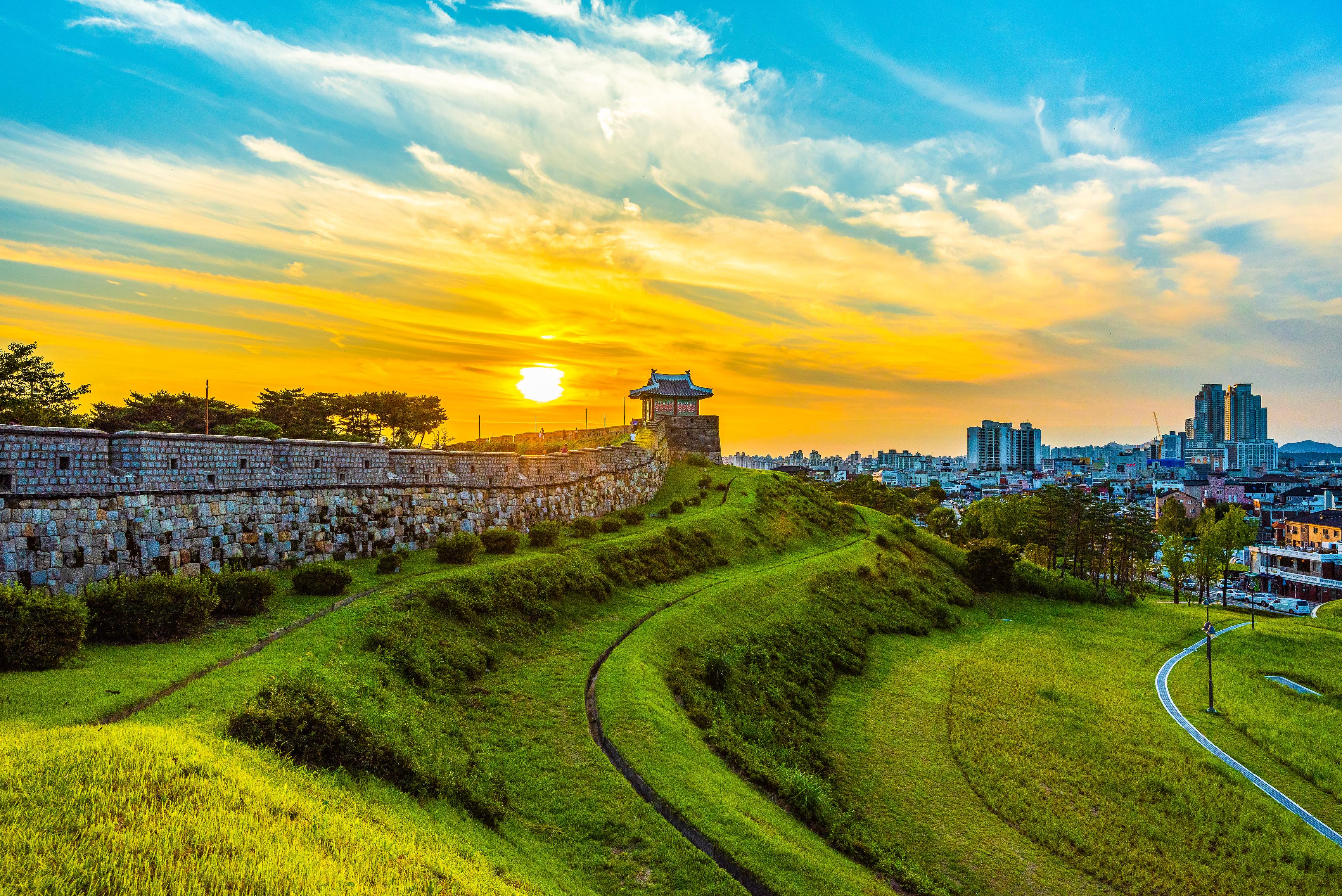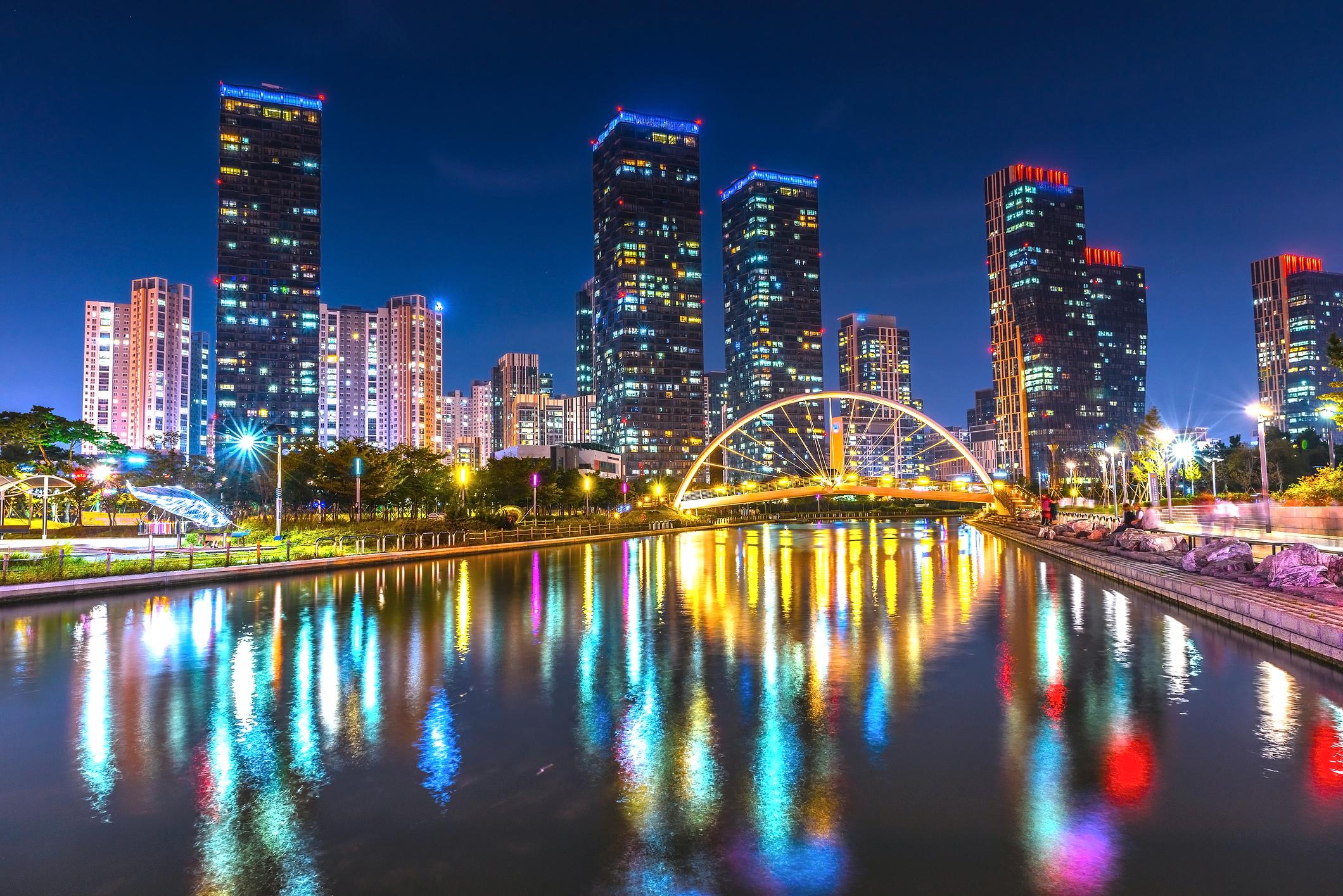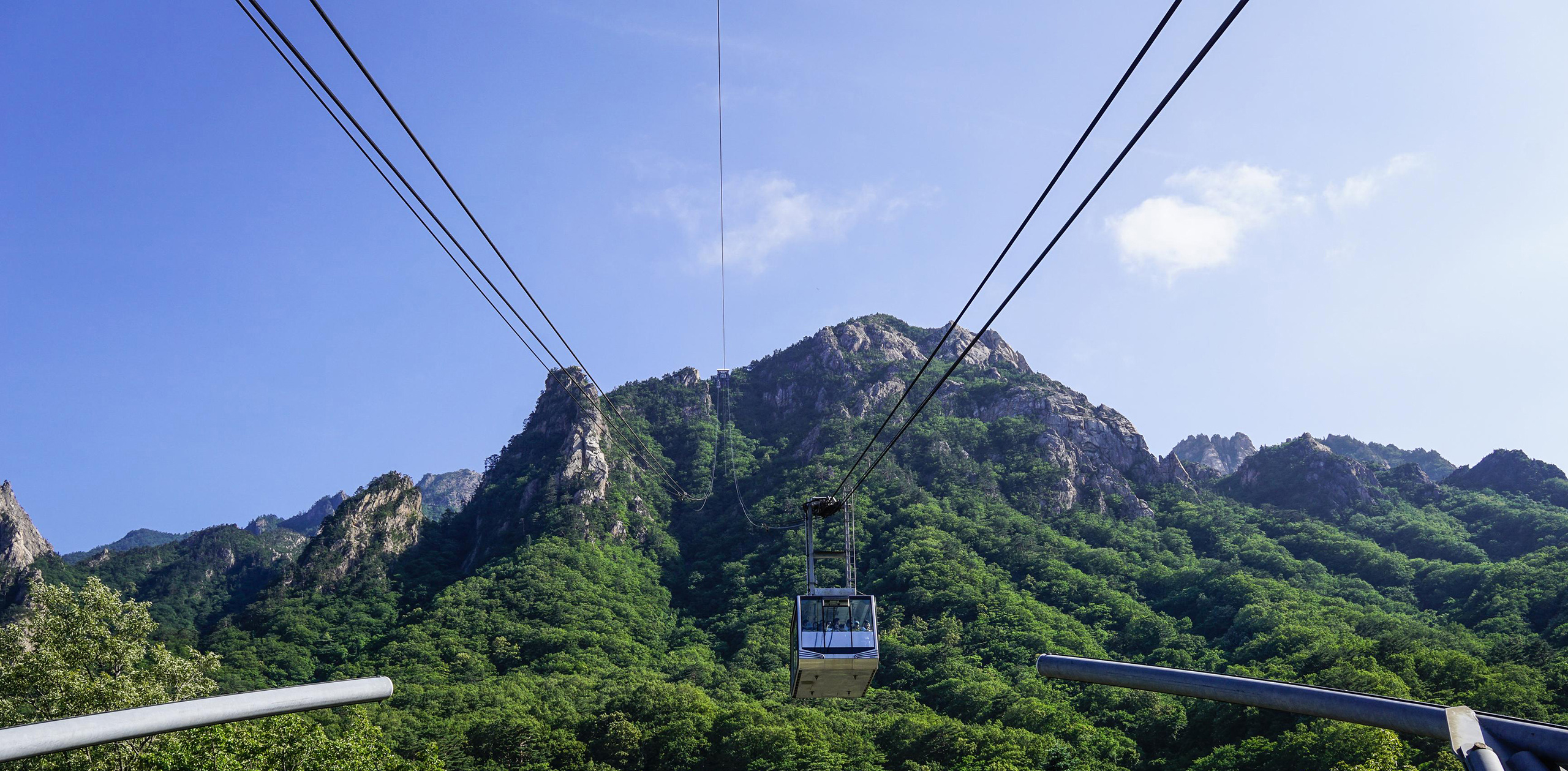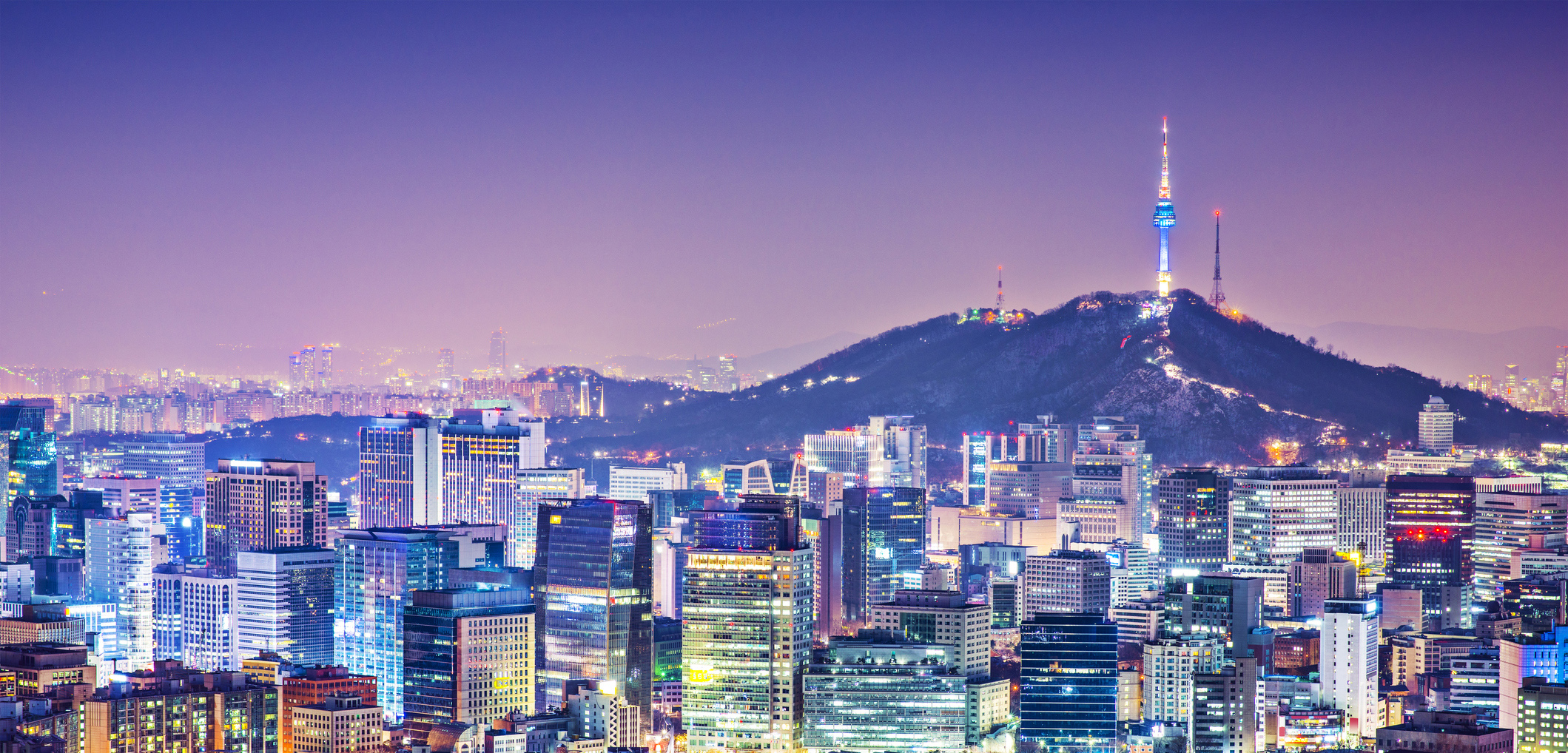
Seoul
One of the largest cities on Earth - and certainly one of modern Asia’s most important, creative and characterful capitals - Seoul somehow flew under the Western world’s travel radar for way too long. Now that the genie is well and truly out of the bottle, it might be a good idea to start writing down a decent wish-list.
First, the historical angle. Seoul’s “palace district” features not one, not two, but five palaces, all at various times host to kings and queens since King Taejo first made Seoul capital of his Joseon dynasty way back in 1392. Each has its own character and stories to tell, though most popular is charming Gyeongbokgung, with its backdrop of granite peaks – like a step back in time. The 1390s saw Seoul go all-out, since two of its beautifully photogenic city gates also date back to that decade, as does the ancestral shrine of Jongmyo; sadly, the whole city was flattened four times in the 1950s during the Korean War, but the fruits of the gargantuan rebuilding efforts are simply astonishing.
Now, a peek into modern Seoul. South of the Han River, Gangnam – a household name worldwide, thanks to a certain 2012 smash hit and a funny dance – is a high-octane district of luxurious skyscrapers and upmarket shopping malls, while nearby Apgujeong and Sinsadong boast the swankiest clothing boutiques in the land. Myeongdong, back north of the Han River, is the go-to place for hi-tech Korean cosmetics; further west, the creative student hub of Hongdae doubles as Korea’s wildest nightlife district, while heading east, there’s Gwangjang Market, the best place to sample Seoul’s street food.
All of this is basically the introduction to an introduction of Seoul, which beats New York hands-down in the “city that never sleeps” stakes. Whether you’re sipping soju at a streetside tent bar, going gallery hopping or singing your heart out at a noraebang, there’s a good chance that you won’t get much rest while you’re here.
